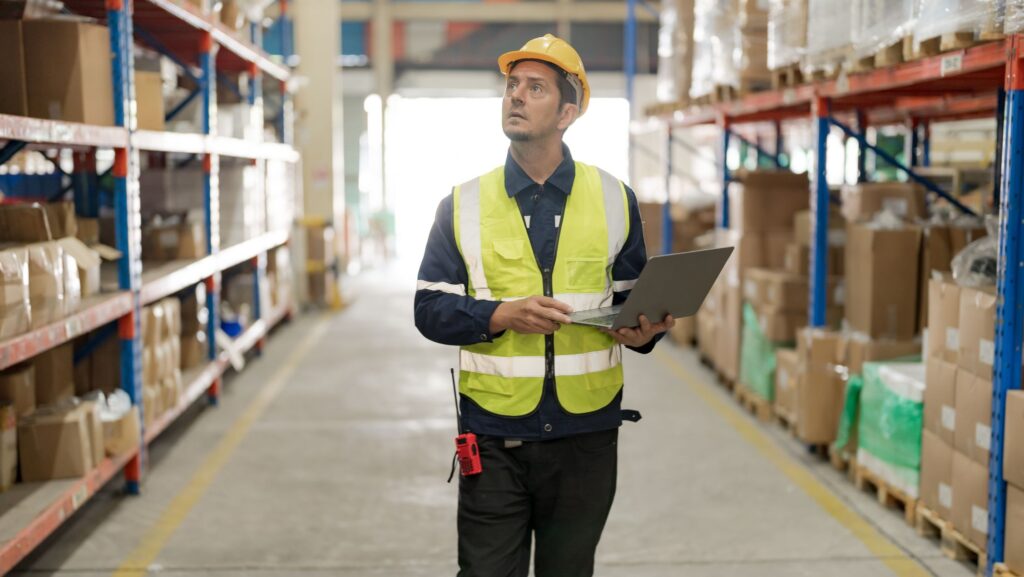Workplace incidents continue to cause disruptions and harm employees despite significant investment in traditional safety programs. In complex industrial environments, identifying hidden risks before they lead to accidents remains a primary challenge for safety leaders. The dynamic nature of these settings makes it difficult to maintain complete oversight and prevent every potential hazard through manual methods alone.
Moving from Reactive to Proactive Hazard Identification
Traditional safety management often relies on incident reports and post-event investigations. This reactive posture means that corrective actions are only taken after a failure has already occurred, which can be costly in terms of both human and financial impact. Waiting for an accident to happen before making a change is an outdated and inefficient model for risk management. The latest innovations enable a fundamental shift toward continuous environmental monitoring. Instead of waiting for an employee to report a near miss, organizations can now actively scan for precursors to incidents. This allows for intervention at the earliest possible stage. This approach focuses on identifying and controlling hazards before they can cause harm, transforming safety from a reactive discipline to a proactive one.
Improving the Quality and Accessibility of Safety Data
Safety audits and behavioral observations are valuable, but their quality can vary. The data collected is often subjective, depends heavily on the observer’s experience, and can be difficult to aggregate and analyze meaningfully across a large organization. This can lead to an incomplete picture of an organization’s risk profile, with recurring issues going unnoticed. Automated systems collect information according to predefined rules, which removes personal bias and ensures consistency. Every observation is standardized, creating a high-quality dataset that leaders can trust. This rich data allows teams to move beyond simple incident counts and analyze the root causes of risk with greater precision.
- Capturing consistent, objective information about operational risks.
- Removing human bias and variability from initial observations.
- Creating a searchable and verifiable digital record of workplace events.
- Highlighting recurring risk patterns across different shifts, departments, or locations.
- Generating quantifiable metrics that demonstrate safety performance over time.
A Practical Scenario: Enhancing Pedestrian and Vehicle Safety
Consider a busy distribution center where forklifts and employees on foot work in close proximity. The safety manager suspects that near misses are common, but very few are reported through official channels. Without concrete data, it is difficult to justify investments in new traffic management controls or to pinpoint the most dangerous areas. The company implements a camera-based system that uses computer vision to monitor interactions between vehicles and people. The system automatically detects and logs events that meet the criteria for a near miss, such as a person being within a certain distance of a moving forklift. It operates continuously, capturing events that human observers might miss. Within weeks, the safety manager has a dashboard showing hotspots where incidents are most likely to occur. The data reveals that a specific intersection is the site of nearly 40% of all near misses during the morning shift change. Armed with this evidence, the manager implements targeted solutions like installing physical barriers and creating pedestrian-only walkways. The company can then measure the effectiveness of these changes by tracking the reduction in near-miss alerts. This data-driven approach strengthens the case for safety investments and improves audit readiness.
Integrating Safety into Daily Operations and Culture
In many organizations, safety is viewed as a separate department that enforces rules, sometimes creating friction with production teams focused on efficiency. This can lead to a perception that safety protocols hinder productivity. When safety and operations have conflicting goals, it undermines the creation of a strong safety culture. Modern safety technologies can operate in the background, providing valuable insights without interrupting workflows. For instance, analytics can identify operational bottlenecks that also create safety hazards. Solving the bottleneck can improve both productivity and worker protection. When safety data is transparent and shared between operations and EHS teams, it facilitates collaboration. Both teams can work from the same information to find solutions that benefit everyone. This helps build a culture where safety is a shared responsibility integrated into how work gets done. The lessons from recent safety innovations point toward a more intelligent and predictive approach to risk management. By moving beyond reactive measures and embracing data-driven insights, organizations can create safer and more efficient work environments. Adopting these new methods involves recognizing how technology can augment human expertise. It provides safety professionals with the tools to identify and address hazards more accurately. Exploring these systems is a logical next step for any organization committed to continuous improvement. Teams can learn more about AI-driven changes in workplace safety to better inform their strategies.



